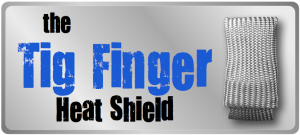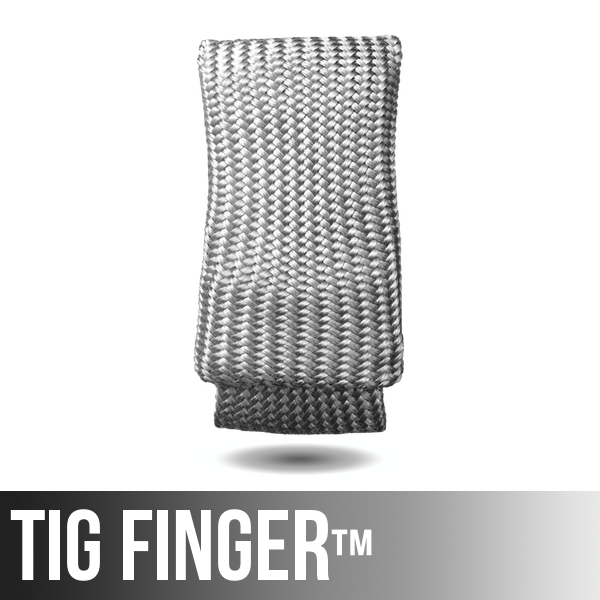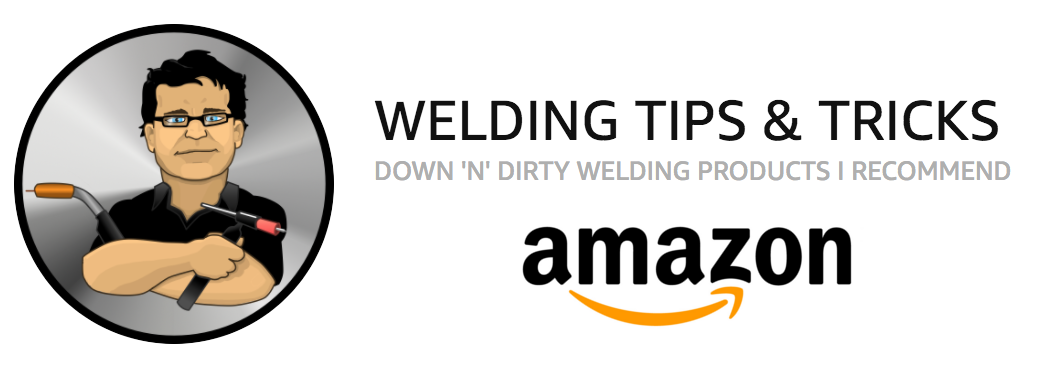
Click here to subscribe to my Video of the Week!
12 tips for how to tig weld 4130 chromoly tubing:
- Preheat is not needed for anything under .0.120″ thick… but preheating will not hurt if you decide you want to do it. A preheat of only 100 deg F will drive off moisture, and ensure that the cooling rate is slow enough.
- Weld just a little bit slower than normal… if gas welding was so successful for so many years, it makes sense to slow things down a bit when tig welding 4130.
- Don’t weld where there is a breeze or draft that could speed up cooling of the weld… and never speed cool welds.
- Use a machine with high freq start capability to avoid those arc strikes.
- Use er70s-2 rod, not 4130 rod. It’s common practice in aviation to use a filler metal that is slightly undermatched to the parent metal.
- Taper amperage very slowly at the end of a weld to avoid crater cracks.
- 33 pulses per second, 33 percent pulse time, and 33 percent background current is a great starting point for using high speed pulse current on 4130 chromoly.
- For closure welds (welds that are sealing up an air cavity) make sure to leave the last area in a place that is easy to get to. When pressure builds, it will blow your weld out.
- If you can’t see it, you can’t weld it. Use a cheater if you need it.. or get some reading glasses. A cheater lens is also called a diopter.
- Always focus the arc on the thicker piece.
- Cleaniing the metal makes a difference… but how much?
- Use aluminum foil as an argon dam. It works.
And, hey… want to grab a Tig Finger?
( As always, feel free to visit us at our sister site, WeldingTipsAndTricks.com. )
Click here to subscribe to my Video of the Week!









June 13, 2014 at 1:05 AM
is high frequency required for welding 4130 or can a guy get by with out it>
June 13, 2014 at 1:22 AM
No it is not necessary. DCEN with HF to start will work great. IF push comes to shove HF to start is not necessary either. But it makes for a much nicer start and better tie-ins.
js
May 17, 2012 at 8:53 PM
Great, good use of the aluminum foil.
Tell me more about your Strong Hand Welding table, I could use one in my shop.
May 17, 2012 at 8:50 PM
Good one and a great thing with the aluminum foil.
Tell me more about your Strong Hold Welding Table, could use one in my shop.
May 17, 2012 at 7:28 AM
Thanks Jody, Great video as usual– I had been wondering about tig and chrome- moly and you have answered a lot of questions for me in this latest vid.
I too look forward to receiving your welding tips videos –very informative , thanks.
May 16, 2012 at 10:10 PM
dude,
I love your videos….i keep checking my email for the next iteration…. i use copper and aluminum on all types of joints… it works so cool and makes for a better weld, it traps gas and depending on the situation heat sinks to prevent problems while still giving a good penetration. just is way better. sometimes…. like almost always, you gotta improvise for a good end result. love my tig fingers….. gave one away to a friend he loves it too…i should get some more you would like that and so would I you gotta finish your spool gun info. been waitin for that one. i just can not seem to get the results i know it is capable of. settings for different thickness of aluminum is where i fall on my face. wire feed speed amount an flow of a25 gives me a fit. i have an HTP weld America spoolie with a Lincoln pro 255 sometimes it is good but a lot of gas residue and that goofs my weld. it is crappy with the info i have to set it right this is not cool so i, we all need your expertise and help. i want to do the best possible job in terms of looks and durability…. thanx
May 16, 2012 at 6:47 PM
Very cool…especially the al foil trick….yeah. Will definitley use that one. So many welders are freaked out about 4130 and it is not anymore dificult then SS or MS…
May 16, 2012 at 3:39 PM
That was a nice batch of information, thanks. Had never had the pulse issue explained to me, will experiment with that. Are you an airplane guy? What kind of fuselage are you working on. Simple fixturing , holding, and layout methods would be a good topic for beginners to see, also, such at that for your fuselage. Thanks Cody